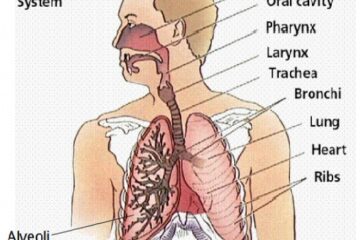Chemical classification of hormones
Chemical classification of hormones Hormones can be classified on the basis of their chemical nature, composition, mechanism of action, effect, and endocrine glands. Hormones may be derived from any amino acids, cholesterol, or phospholipids. Classification of hormones on the basis of chemical nature On the basis of their chemical nature, Read more…
Endocrine Glands And Hormones
Endocrine Glands And Hormones Endocrine Glands And Hormones: The endocrine glands lack ducts and are hence called ductless glands. The secretions of the ductless gland are called hormones. Ernest Starling was the first person who coined the term “Hormone”. The scientific (new definition from NCERT) definition of Hormones is Read more…
Pollution
Pollution: introduction Pollution is the unfavorable alteration of our environment, largely as a result of human activities (Southwick; 1976) It can be explained as ‘Pollution is an undesirable change in physical, chemical, and biological characteristics in our air, land, and water that is harmful or may harm future organisms’. Actions Read more…
Important Environmental Laws Of India
Important Environmental Laws Of India The environment in Indian Constitution The Constitution of India under Part IVA (Art 51A-Fundamental Duties) casts a duty on every citizen of India to protect and improve the natural environment including forests, lakes, rivers, and wildlife, and to have compassion for living creatures Our constitution Read more…
Pyramids In Ecosystem
Pyramids In Ecosystem The pyramids in the Ecosystem are graphic representations of trophic levels showing the relationship between different organisms in an ecosystem. Types of Pyramids in Ecosystem There are three types of pyramids: Pyramid of number Pyramid of biomass Pyramid of energy Pyramid of number A pyramid of numbers Read more…
Ecosystem
Ecosystem: The term ecosystem was first used in 1935, by British ecologist Arthur Tansley. Interaction of living and non-living of an area with each other, i.e. interacting organisms of an area together with the non-living constituents of the environment form an ecosystem. This shows the relationship between organism and their Read more…
Life Process-4 Excretion in Human and Plants
Life Process-4 Excretion Excretion: Removal of all harmful, unwanted products (especially nitrogenous wastes) from the body of an organism is called excretion. Different organisms use various strategies to perform the process. For example- Many unicellular organisms remove wastes by simple diffusion from the body’s surface into the surrounding water. The Read more…
Circulation in humans
Circulation in humans: As we know our body is made up of cells and nutrients and oxygen needed to survive, and wastes need to be removed from them. transportation of nutrients, gases, wastes, and other substances from one part of our body to the other part, is carried out by Read more…
Life Process- 2 Respiration
Life Process- 2 Respiration Respiration: Every living organism needs energy to perform various life activities, and the process of respiration fulfills this energy requirement. During respiration, this food is broken down in the presence of oxygen, and energy is released during respiration. Breathing- exchange of gases between the animal body Read more…









